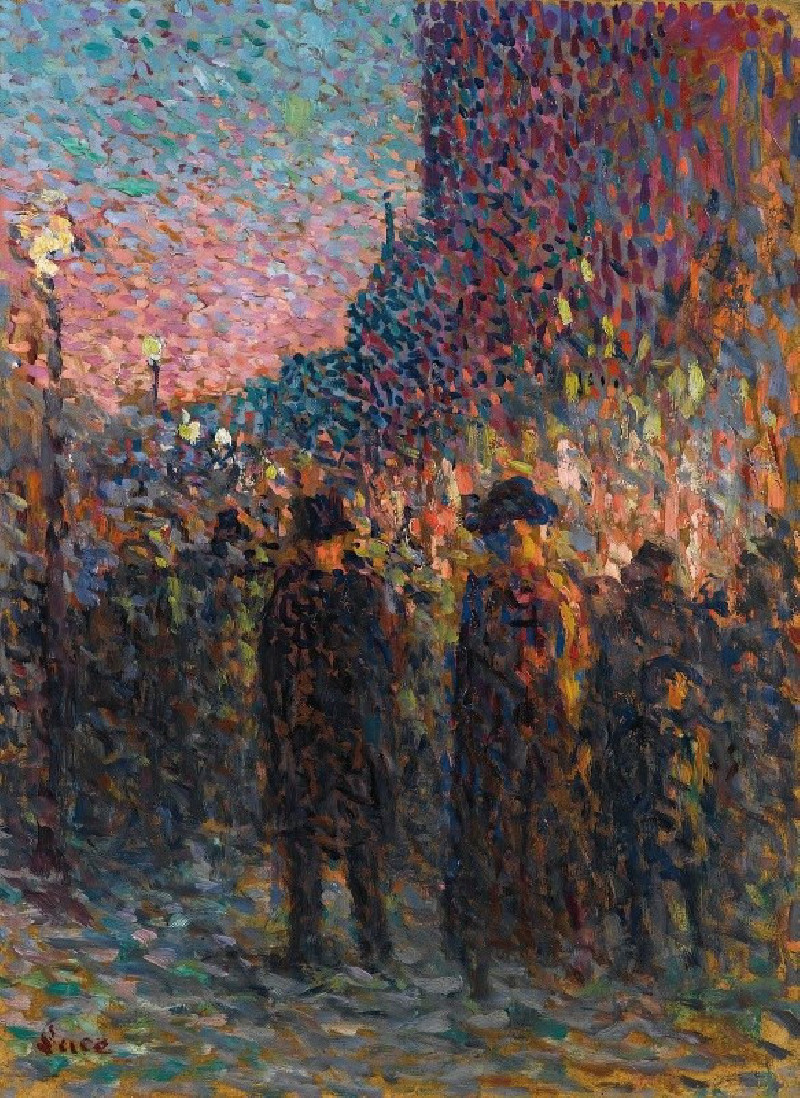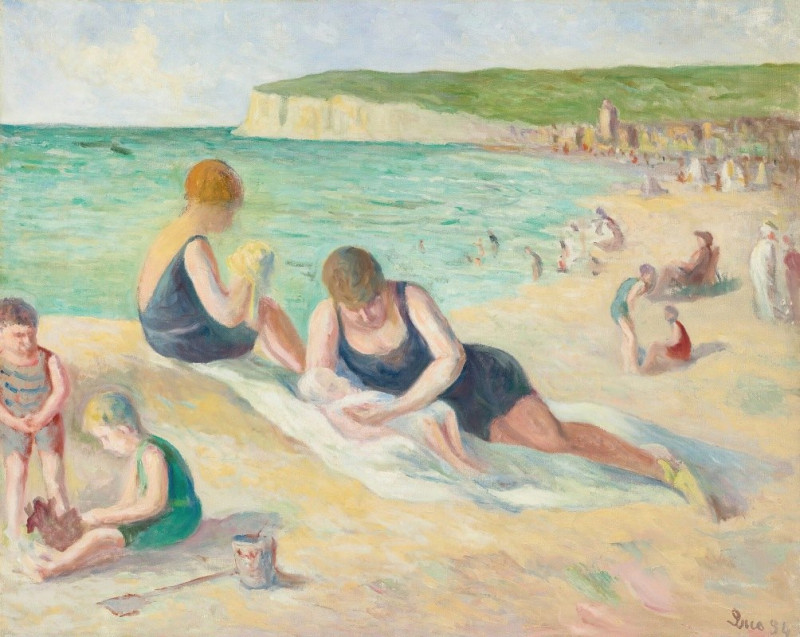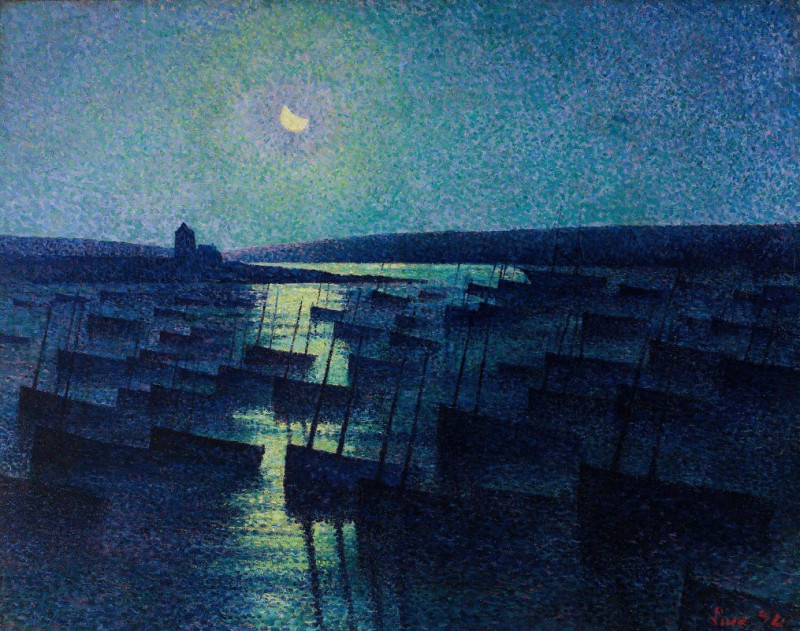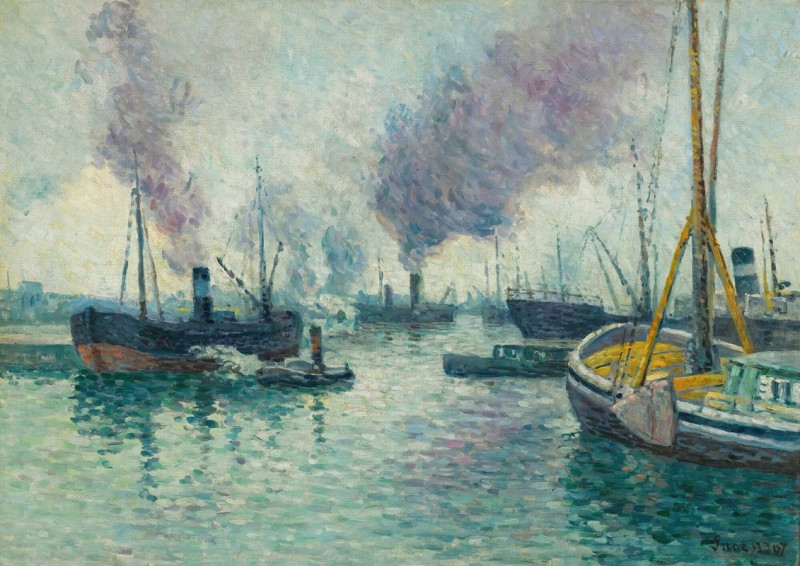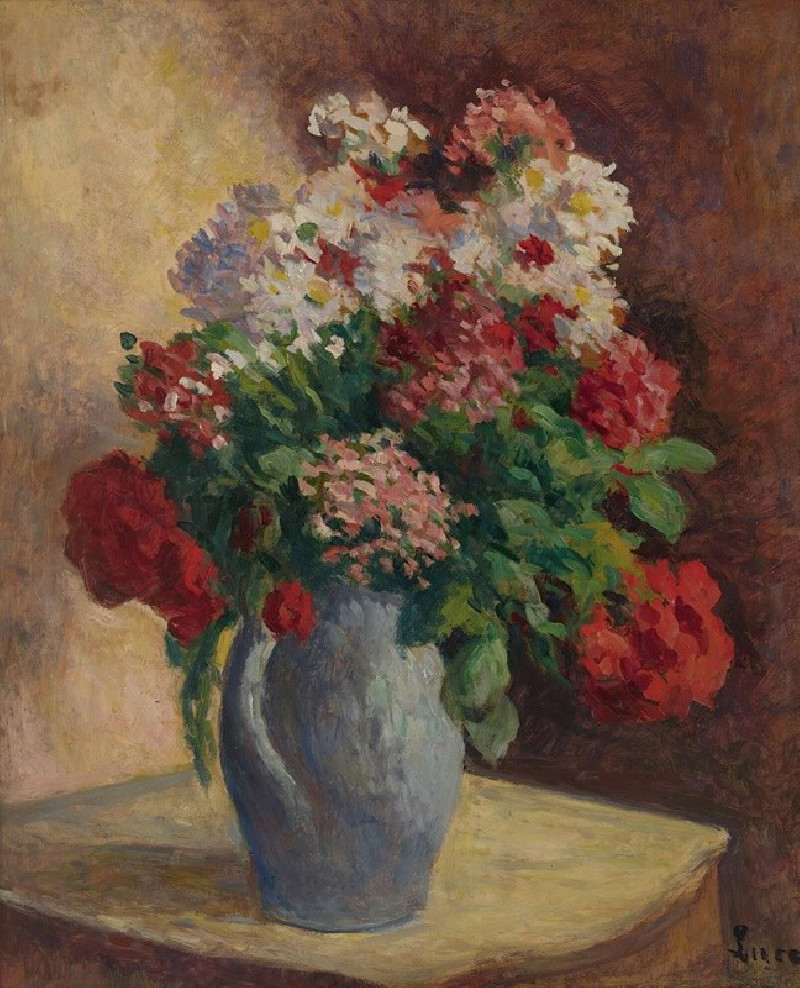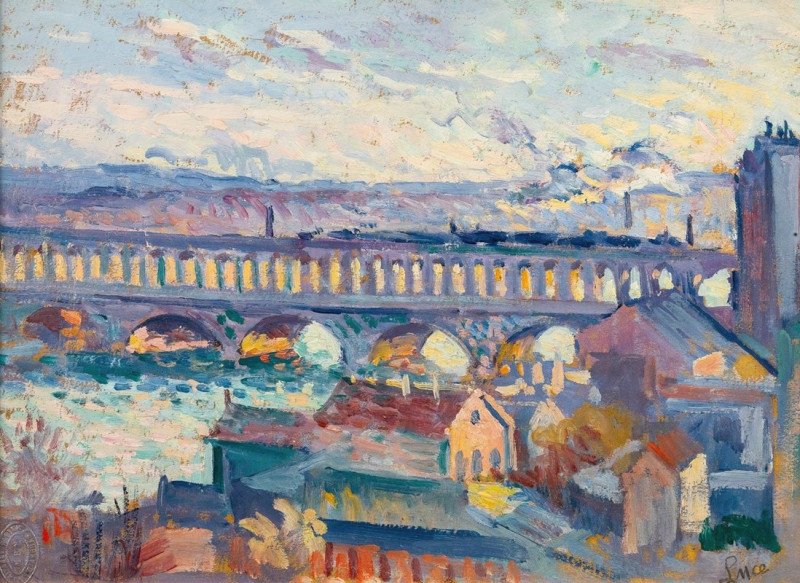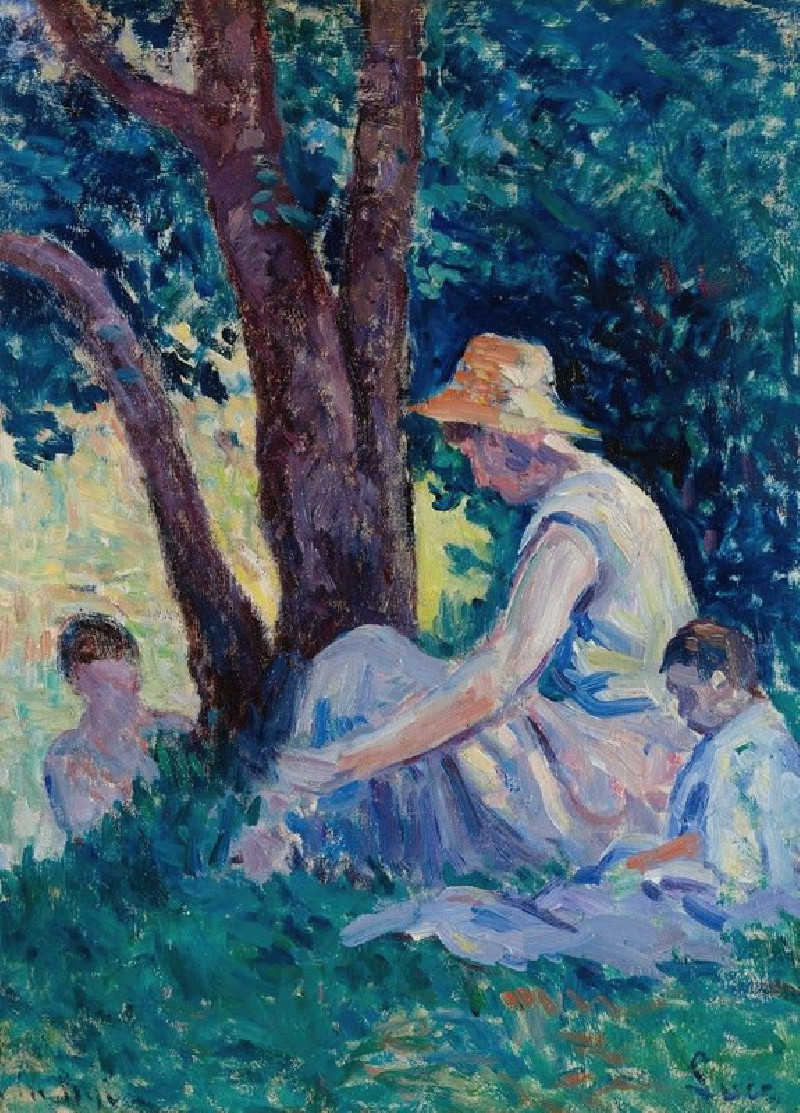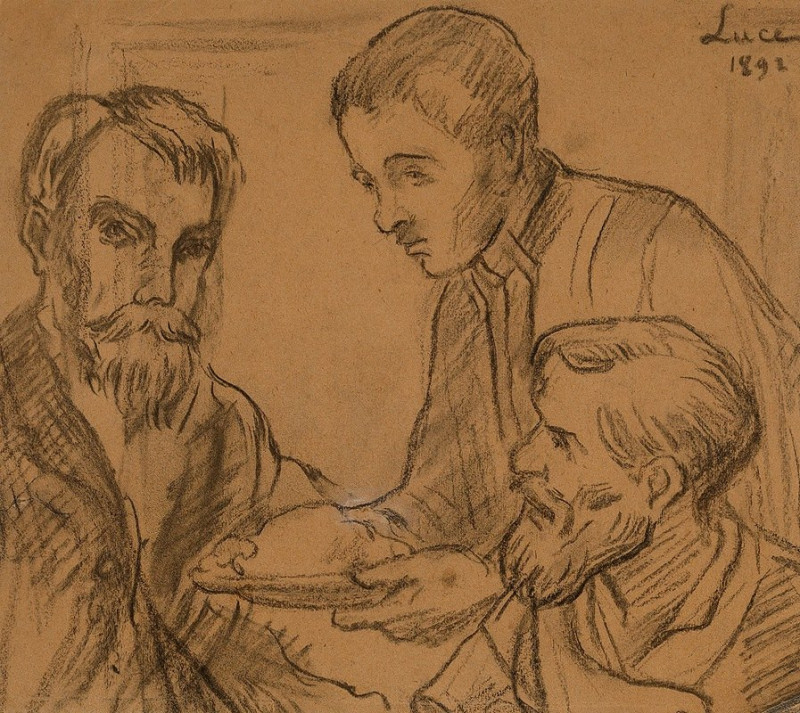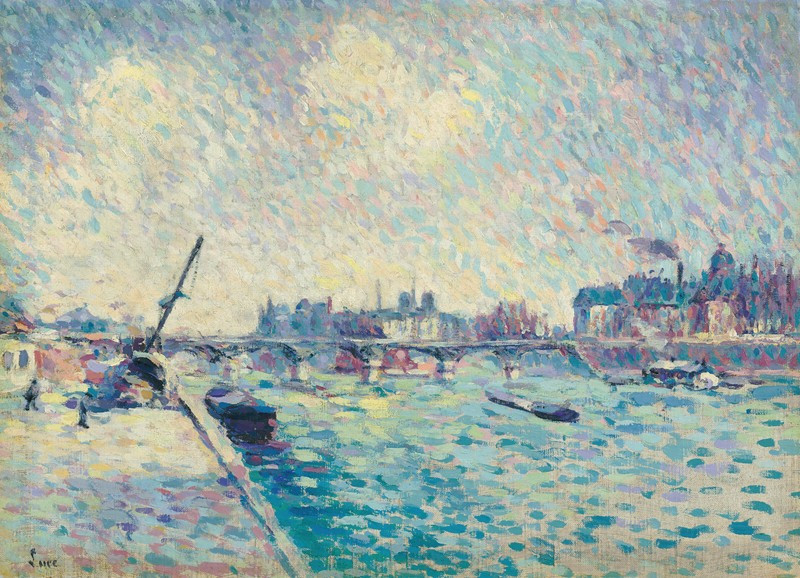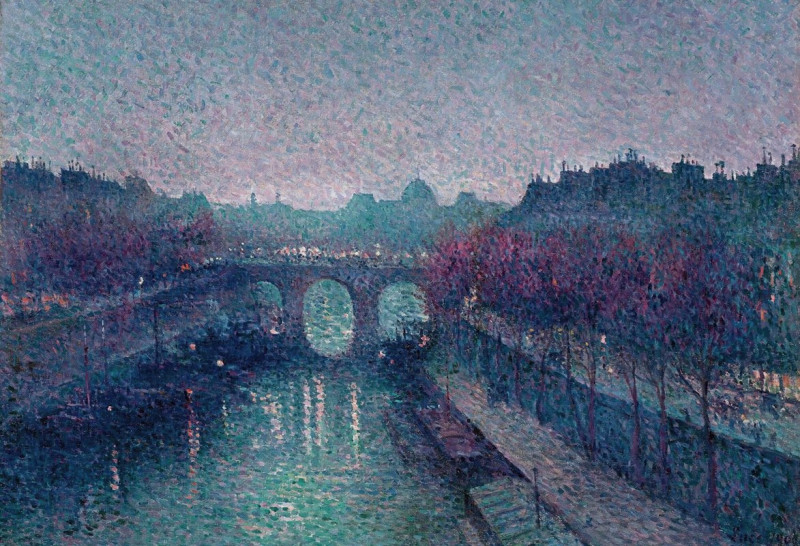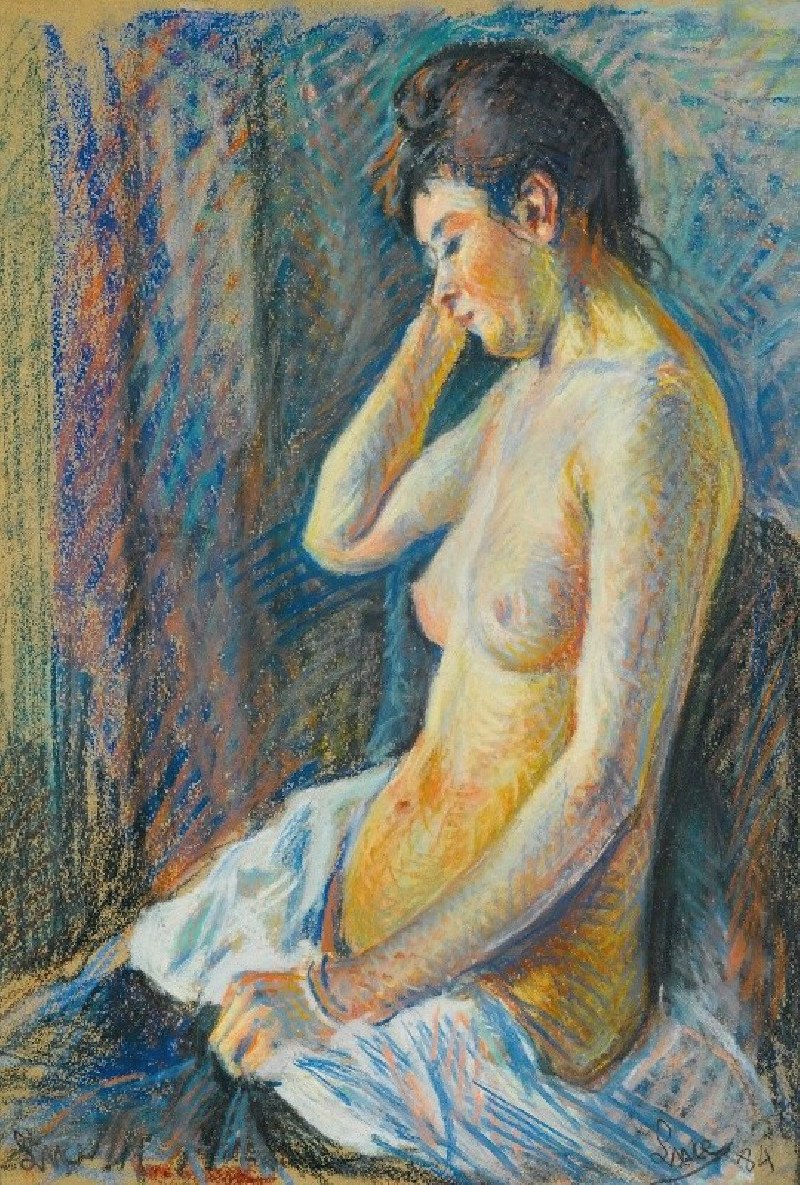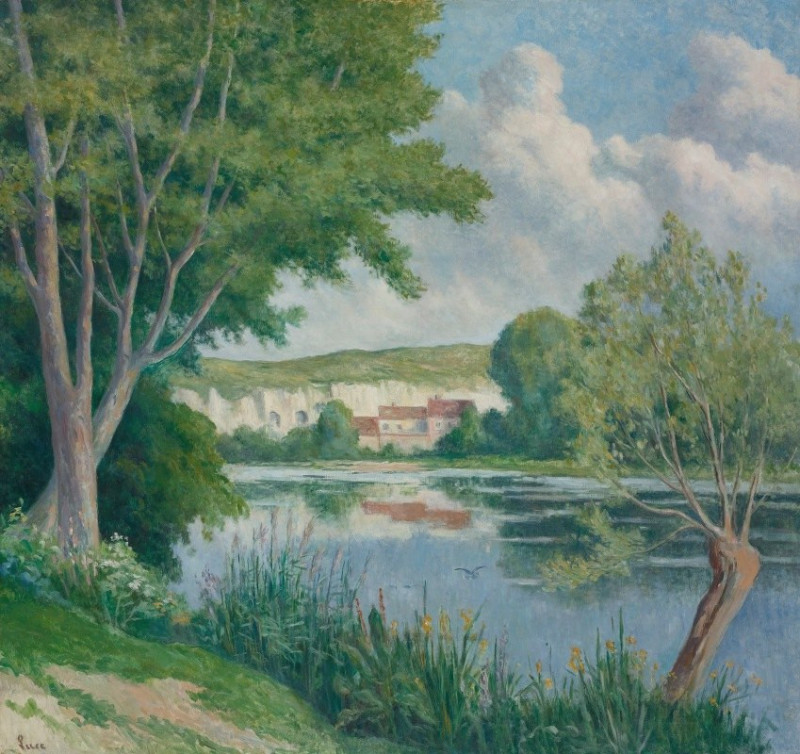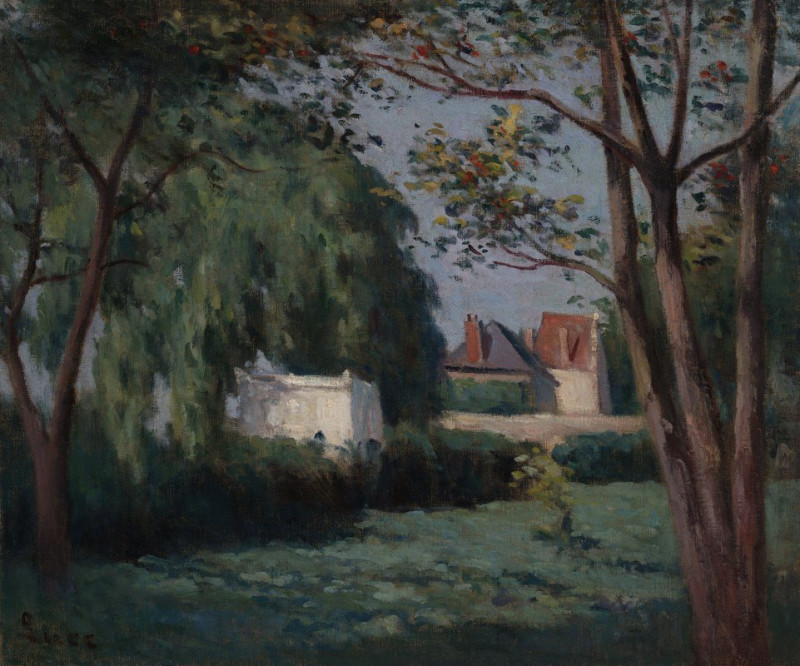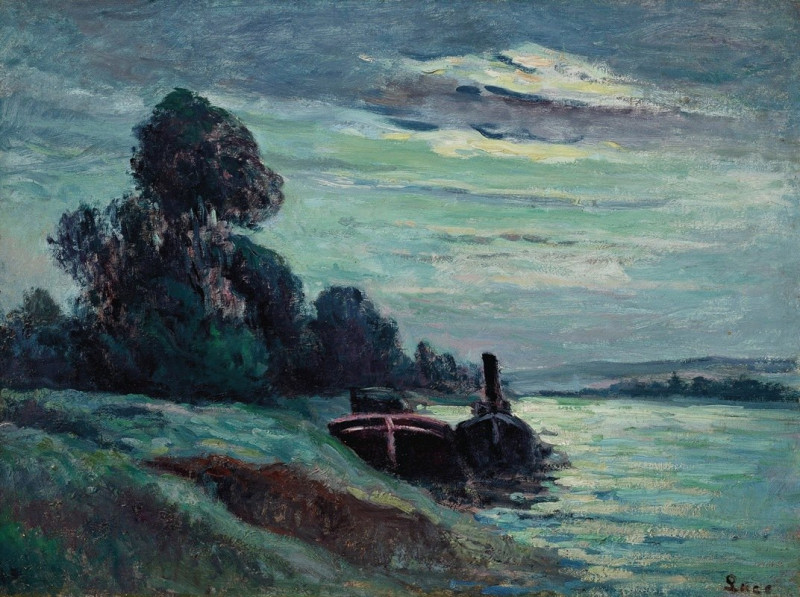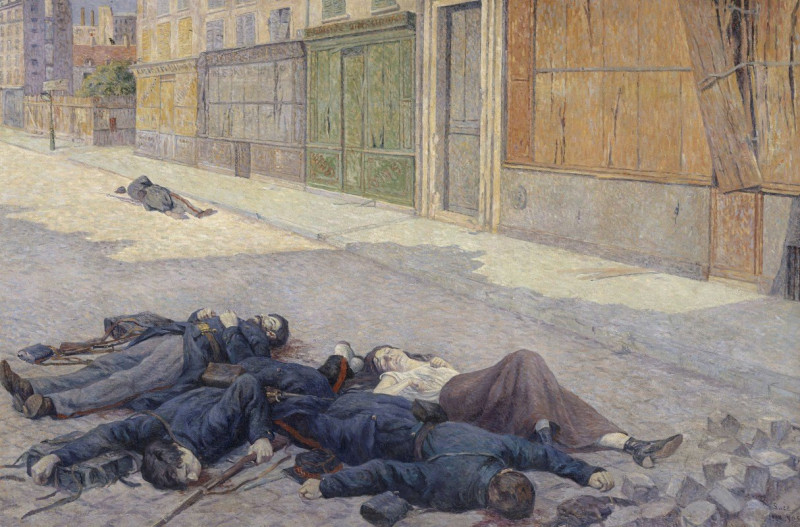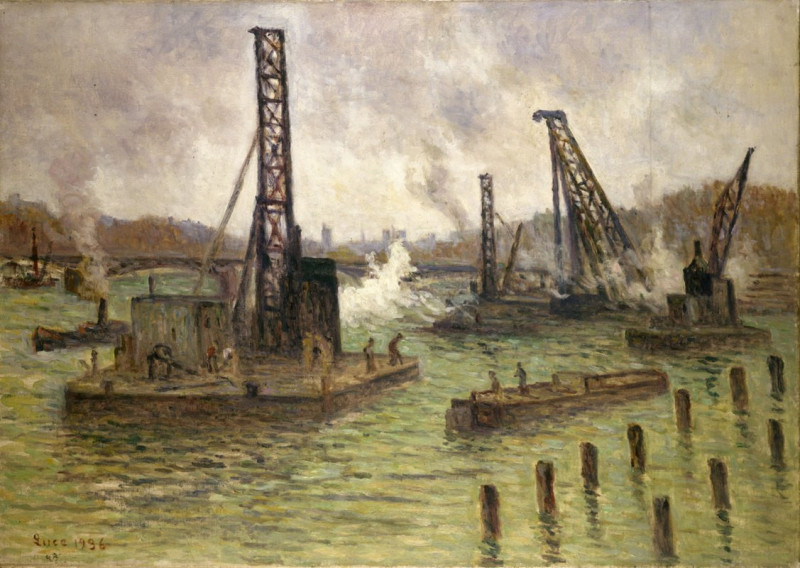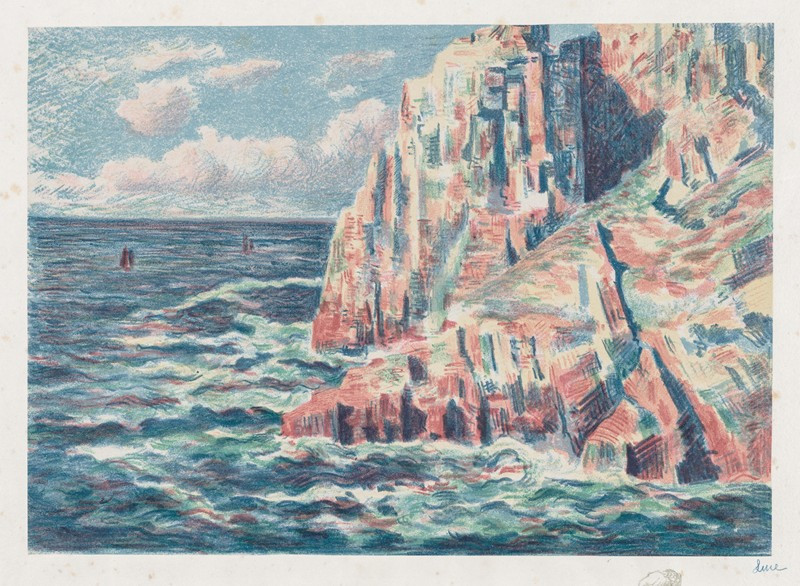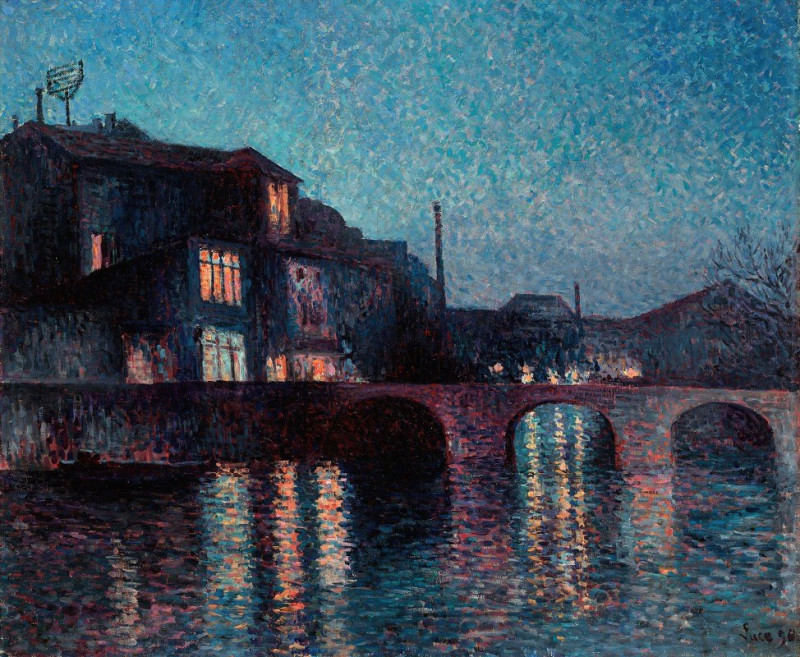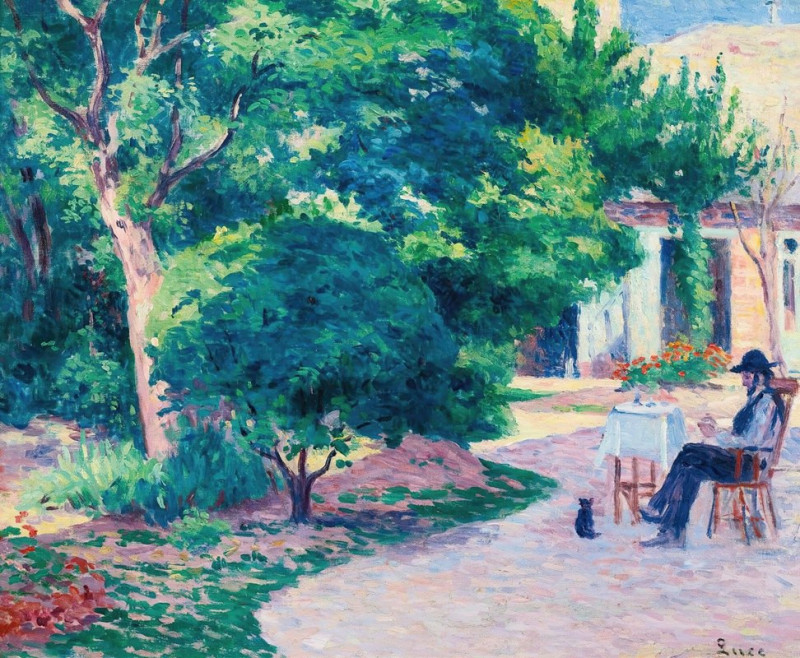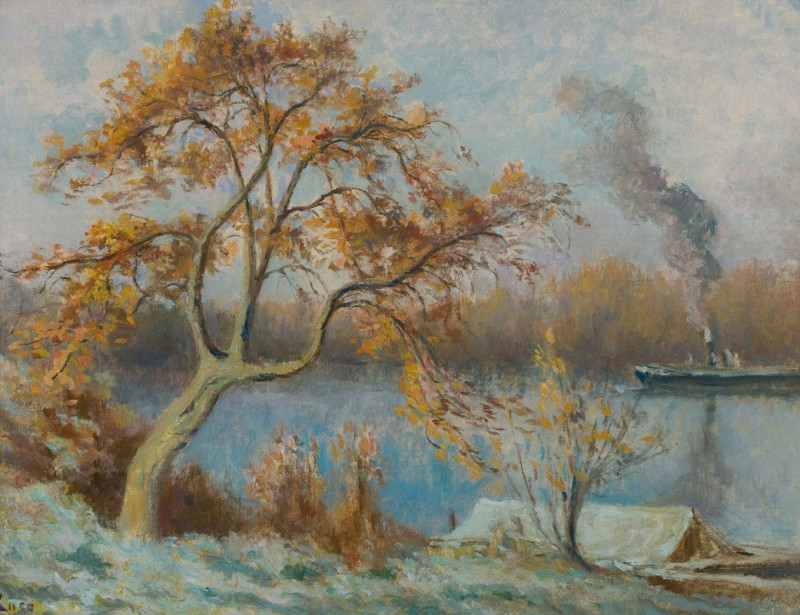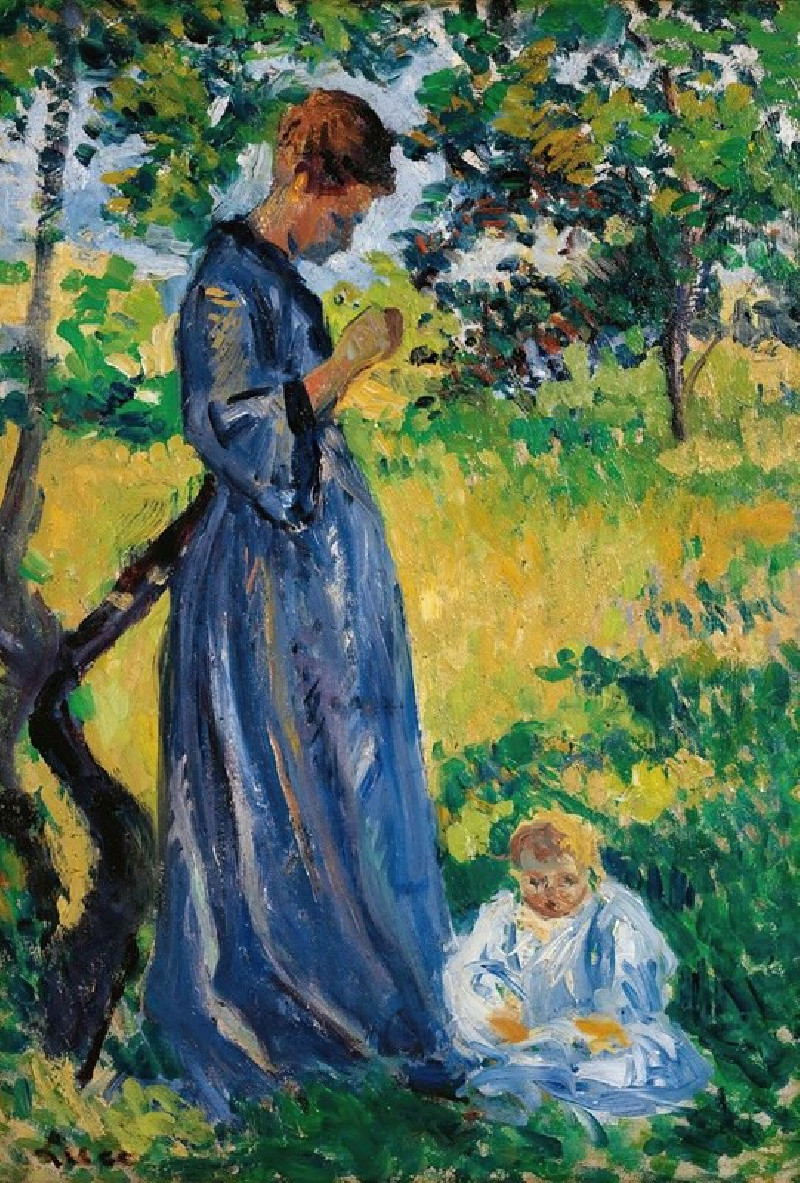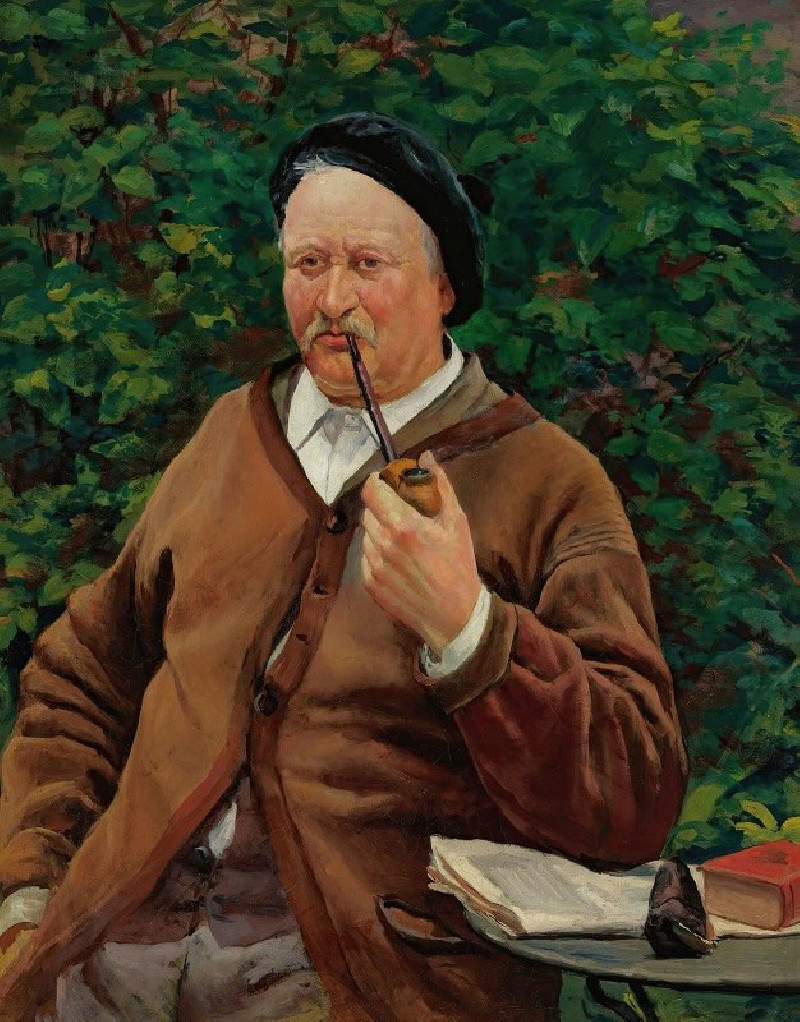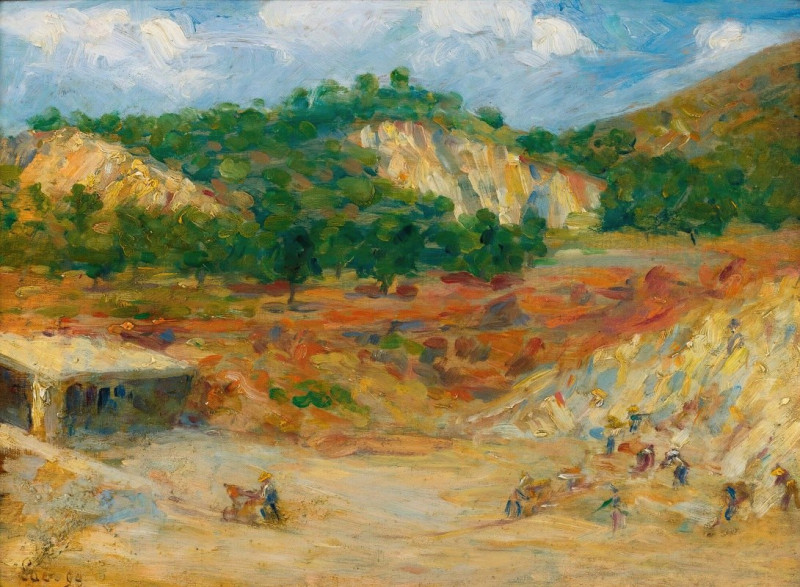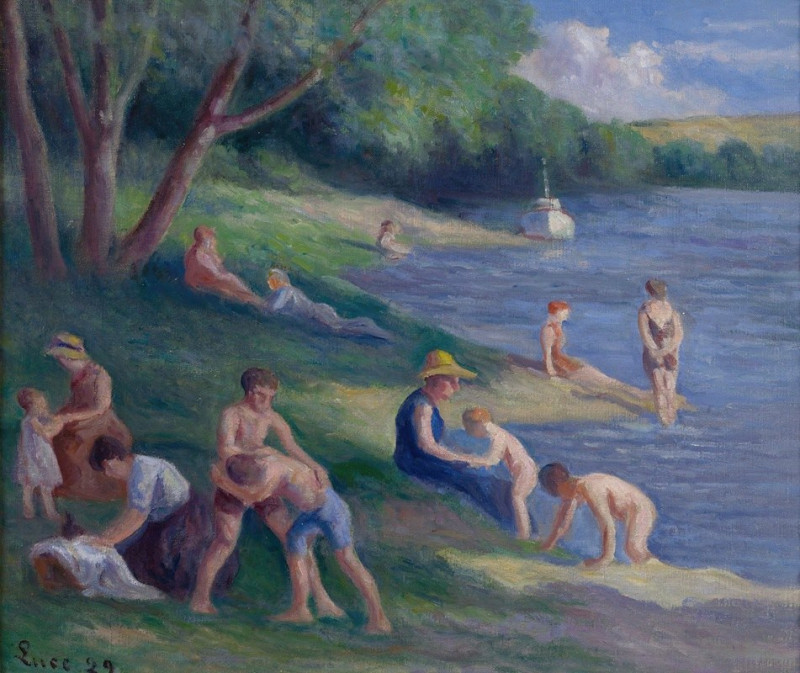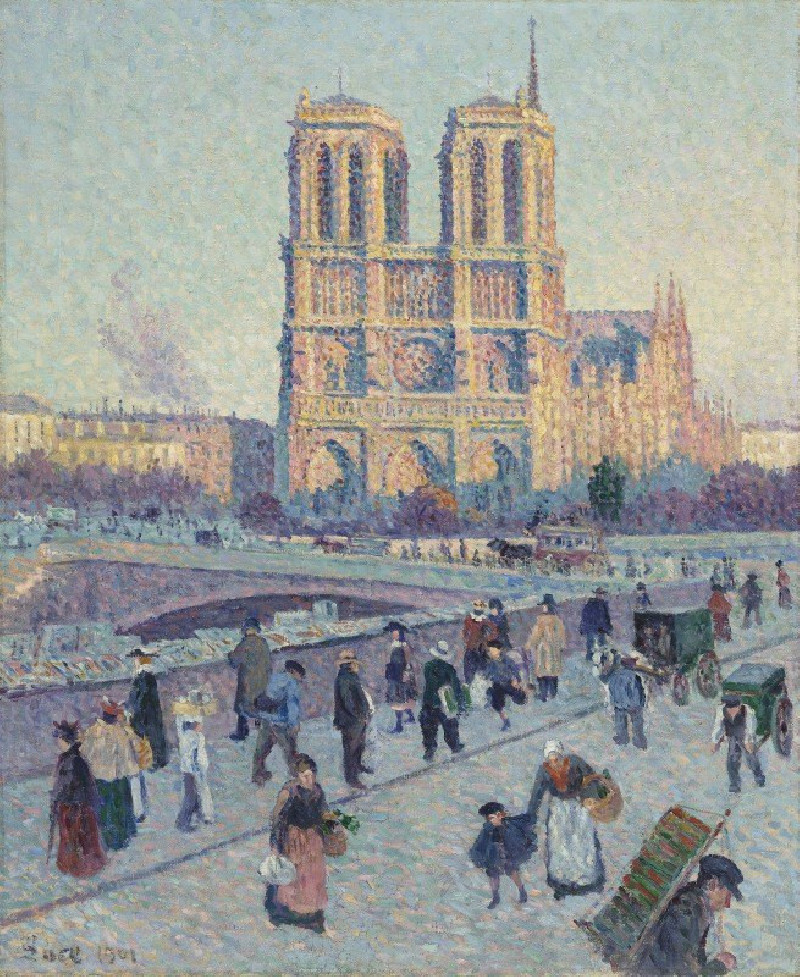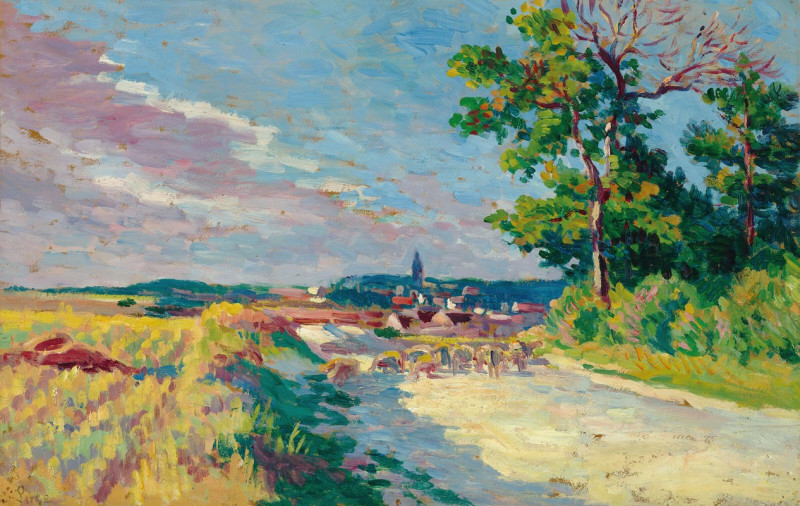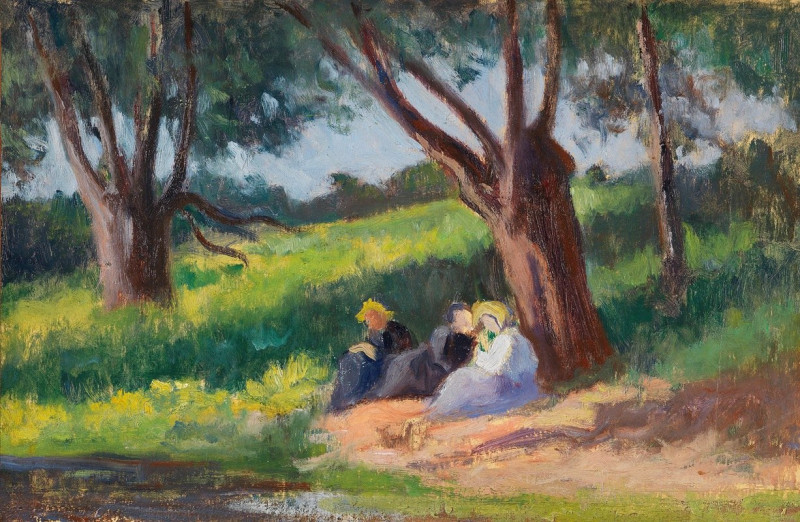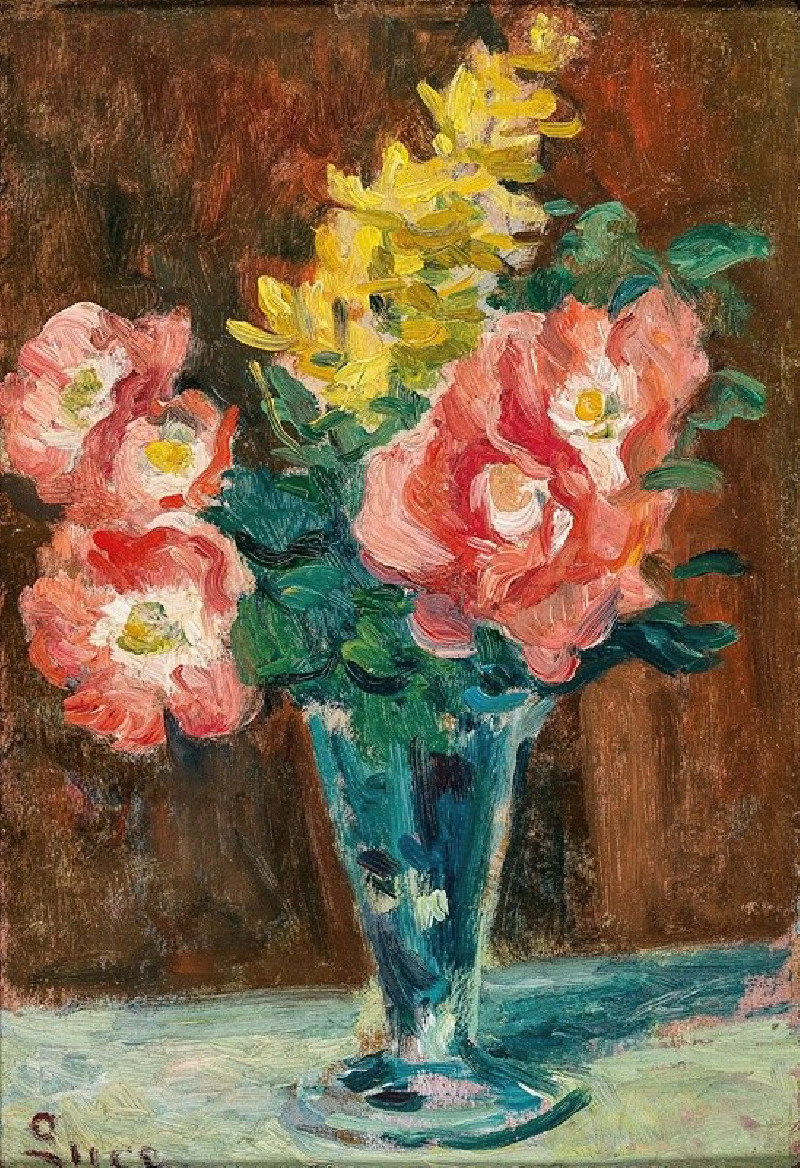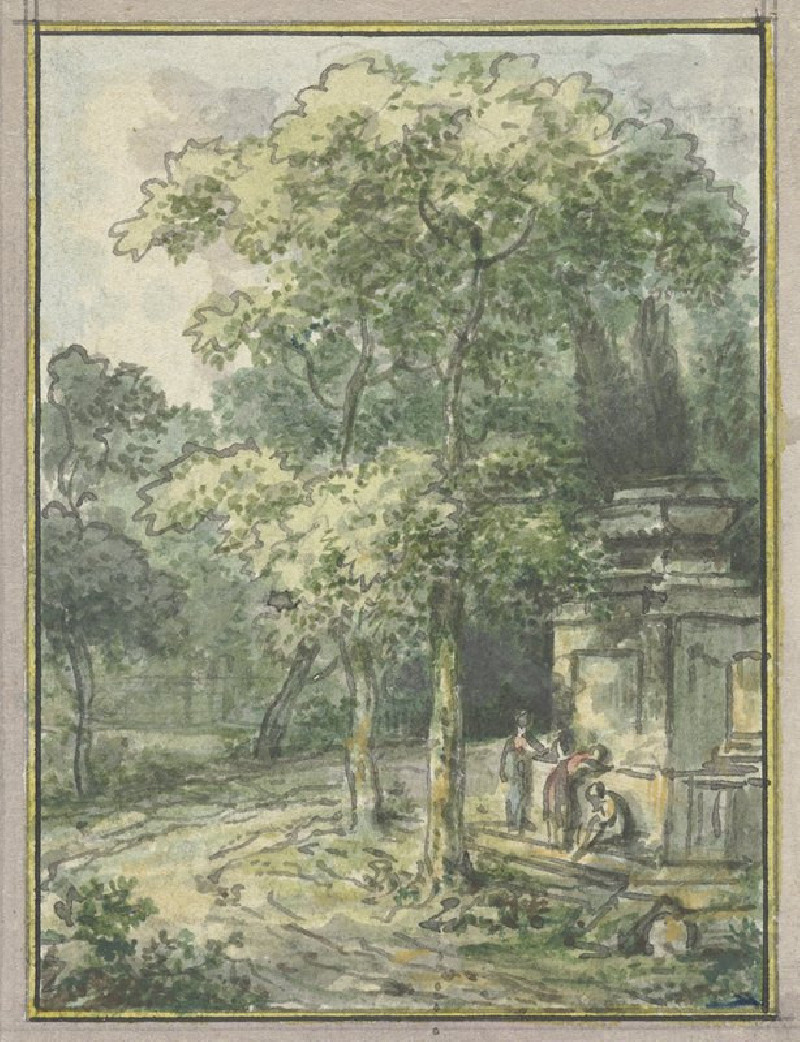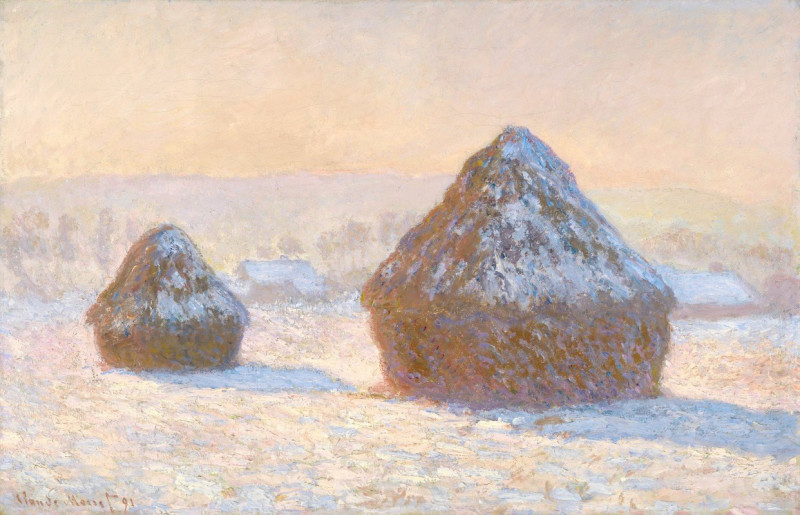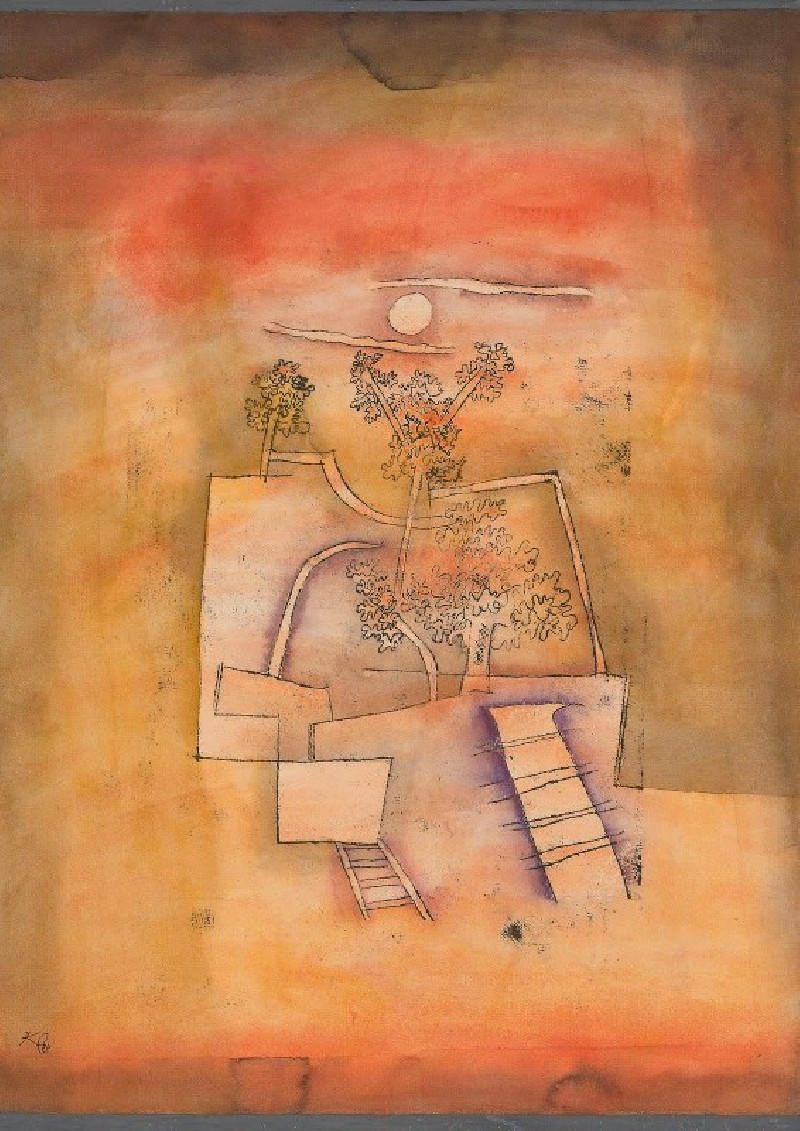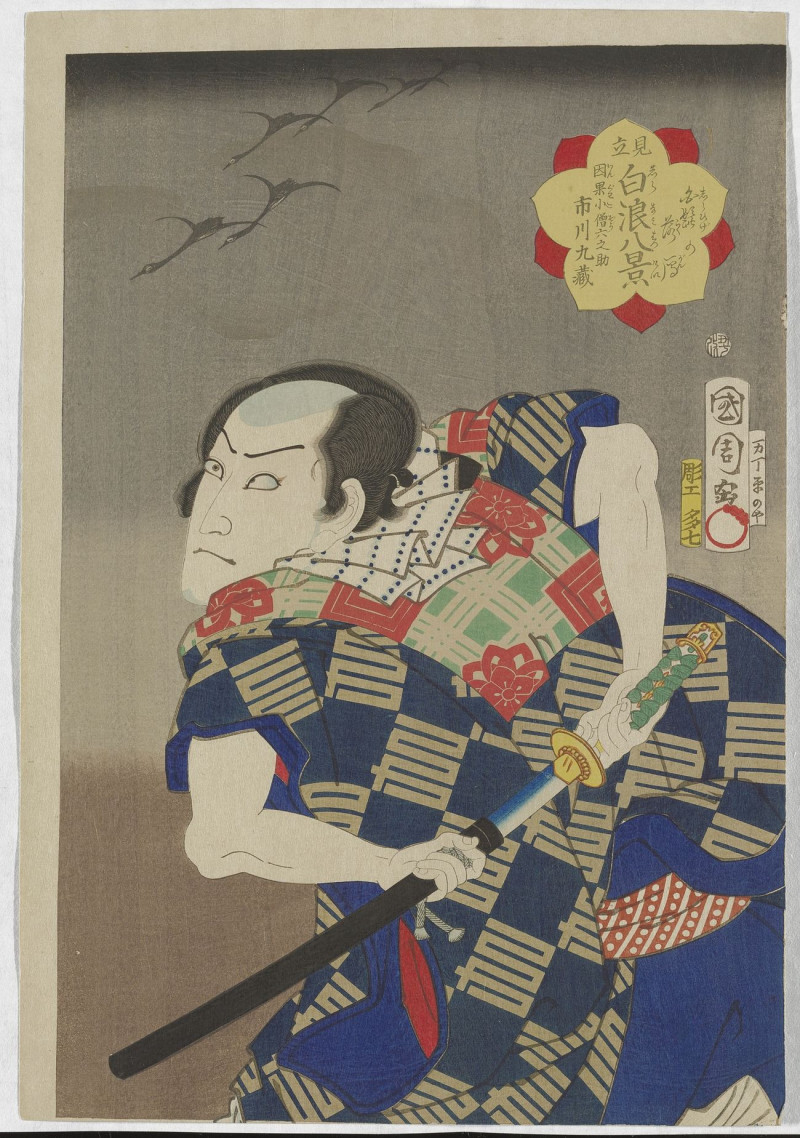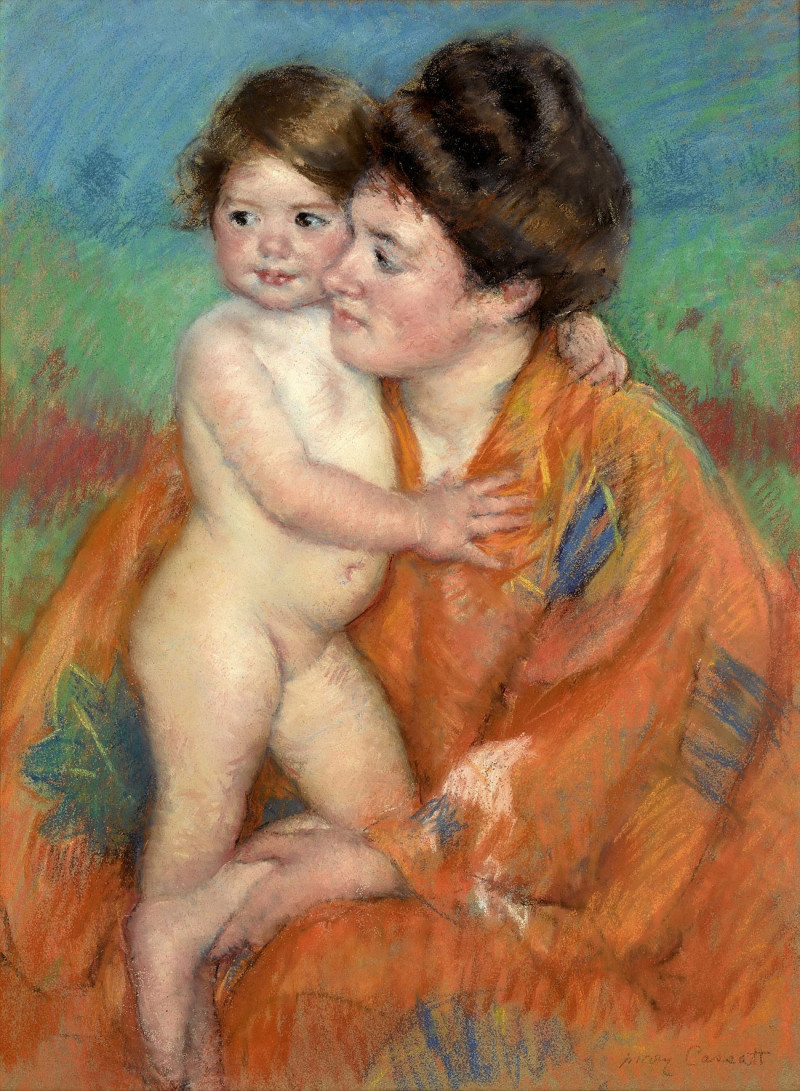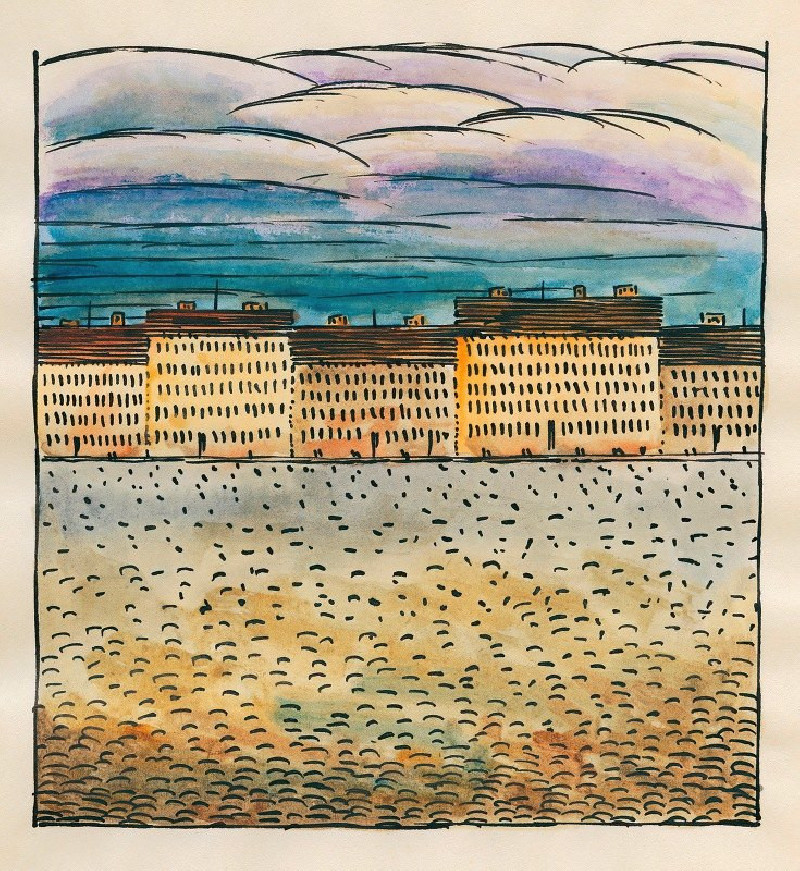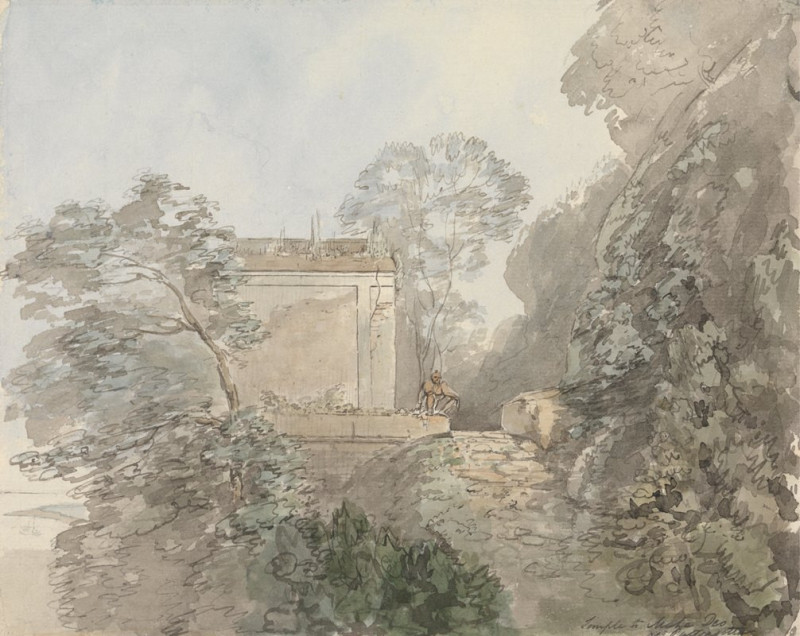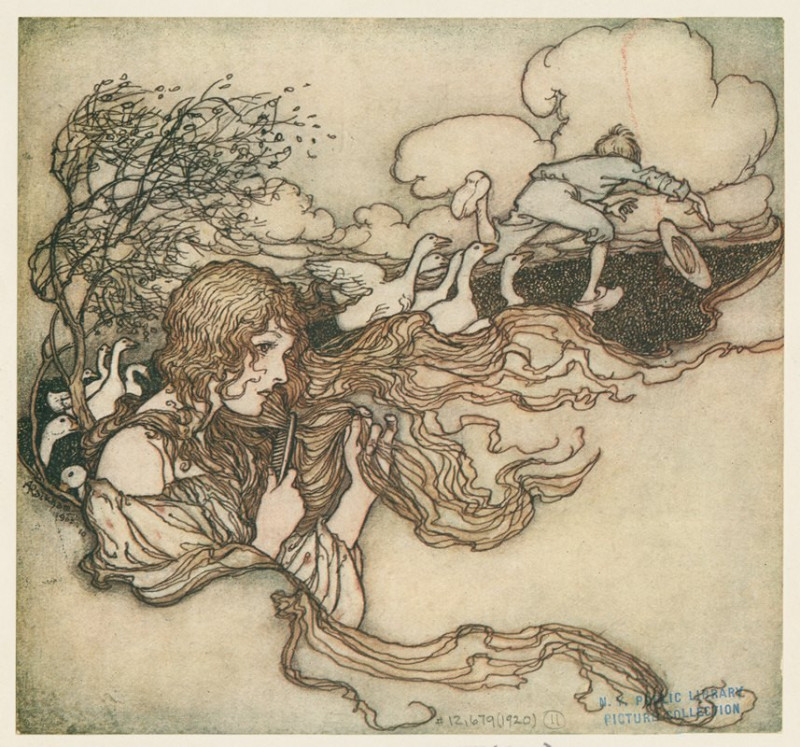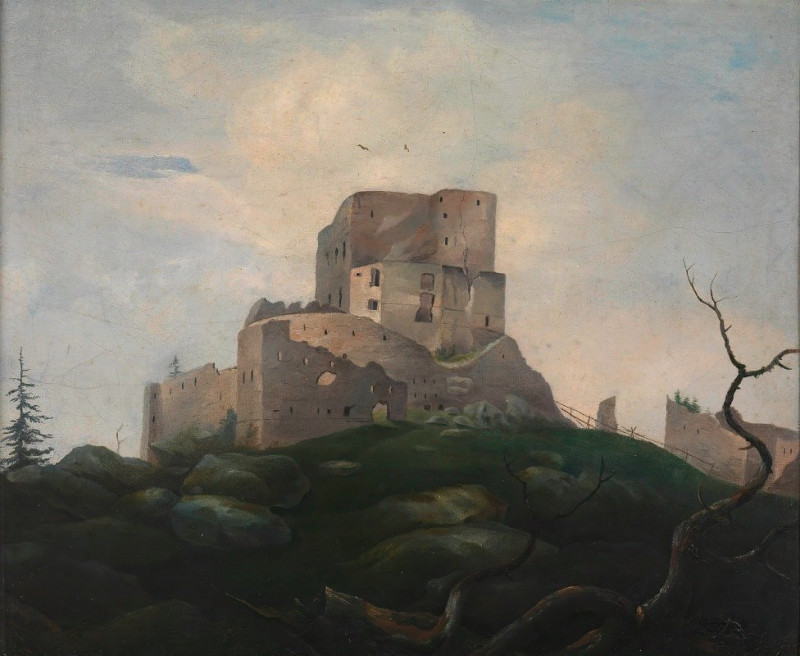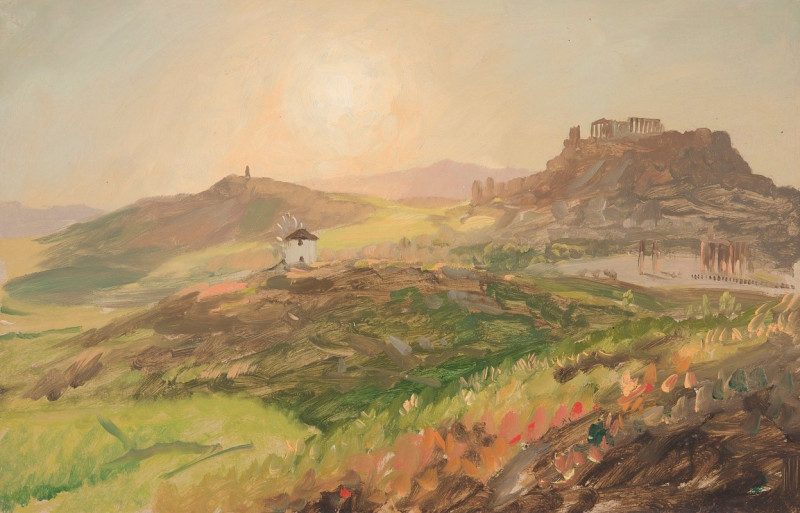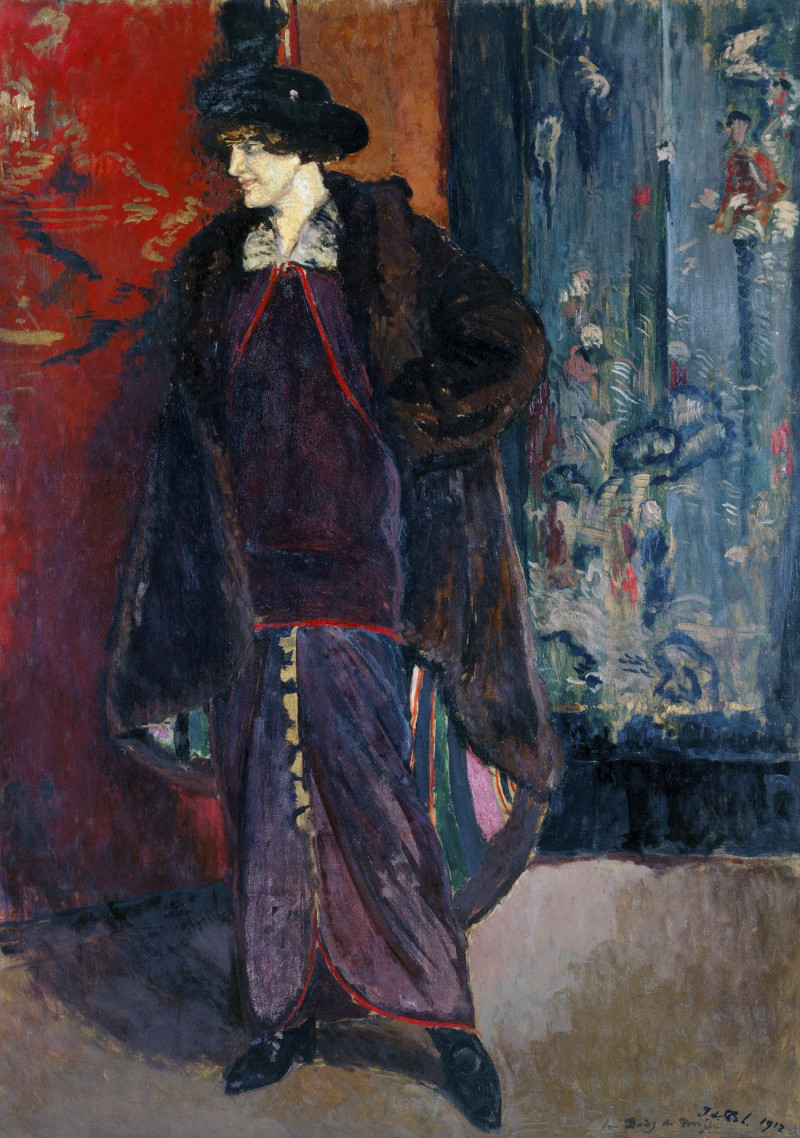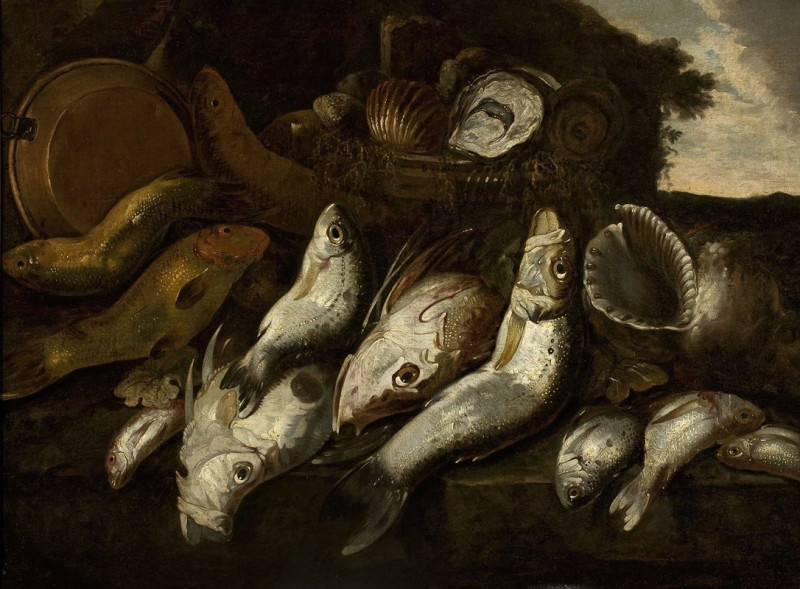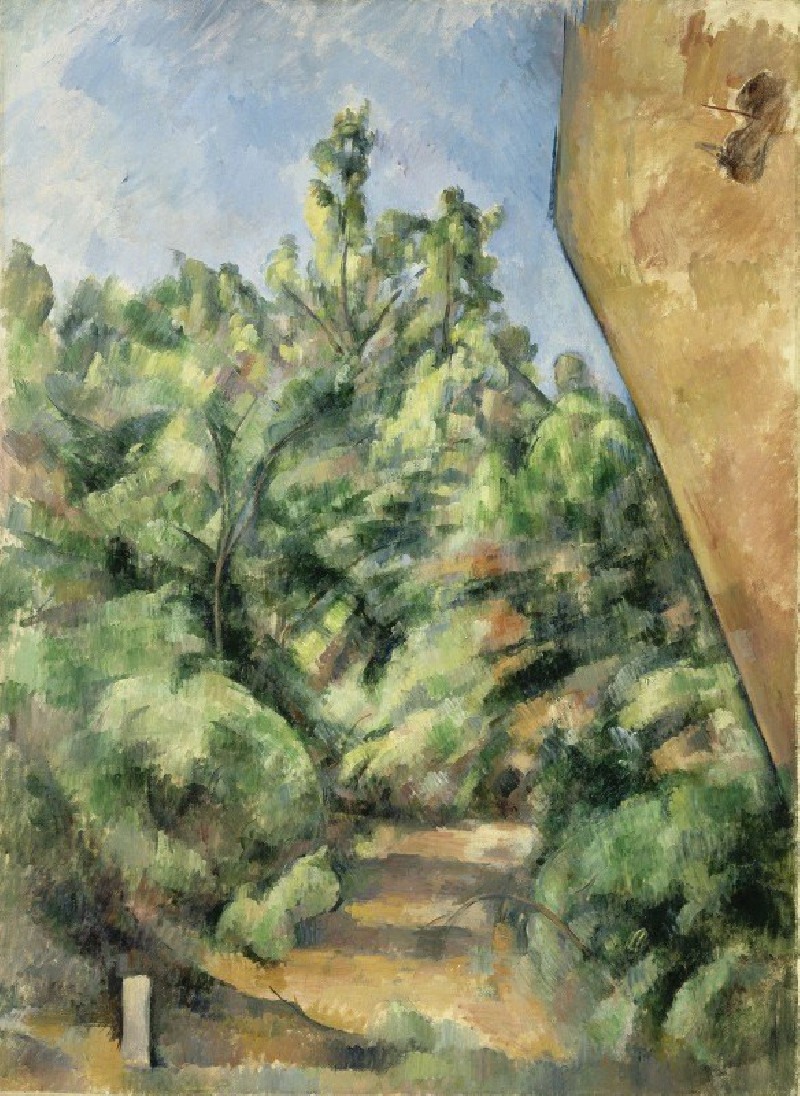Paris, Les Boulevards, La Nuit (circa 1893)
Technique: Giclée quality print
Recommended by our customers
More about this artwork
Maximilien Luce's evocative painting "Paris, Les Boulevards, La Nuit" (circa 1893) transports viewers to a bustling Parisian boulevard enveloped in the enchantment of night. In this captivating scene, Luce masterfully utilizes the Pointillist technique, applying small, distinct dots of color that blend to create luminous and vibrant images. The painting depicts groups of figures, possibly pedestrians, moving through the boulevard, shrouded in shadow and light.The skyline is softly lit by the glowing lanterns that line the streets, casting a romantic hue that reflects off the cobblestones and the figures themselves. The background fades into a melange of blues, pinks, and purples, the colors mingling in the evening sky, while the intricate play of light suggests the lively ambiance of Paris after dusk.This work not only captures the dynamic energy of Paris at night but also showcases Luce’s unique ability to infuse vibrancy into the mundane aspects of city life, demonstrating his profound connection to the Neo-Impressionist movement.
Delivery
Returns
Maximilien Luce was a prolific French Neo-impressionist artist, known for his paintings, illustrations, engravings, and graphic art, and also for his anarchist activism. Starting as an engraver, he then concentrated on painting, first as an Impressionist, then as a Pointillist, and finally returning to Impressionism.

